Parts of an HVAC System: 90%+ Gas Furnace with Heat Pump AKA Dual Fuel
Nov 11, 2024
Author
Jake Nielson
Product Manager
Parts of an HVAC System: 90%+ Gas Furnace with Heat Pump AKA Dual Fuel Components Explained
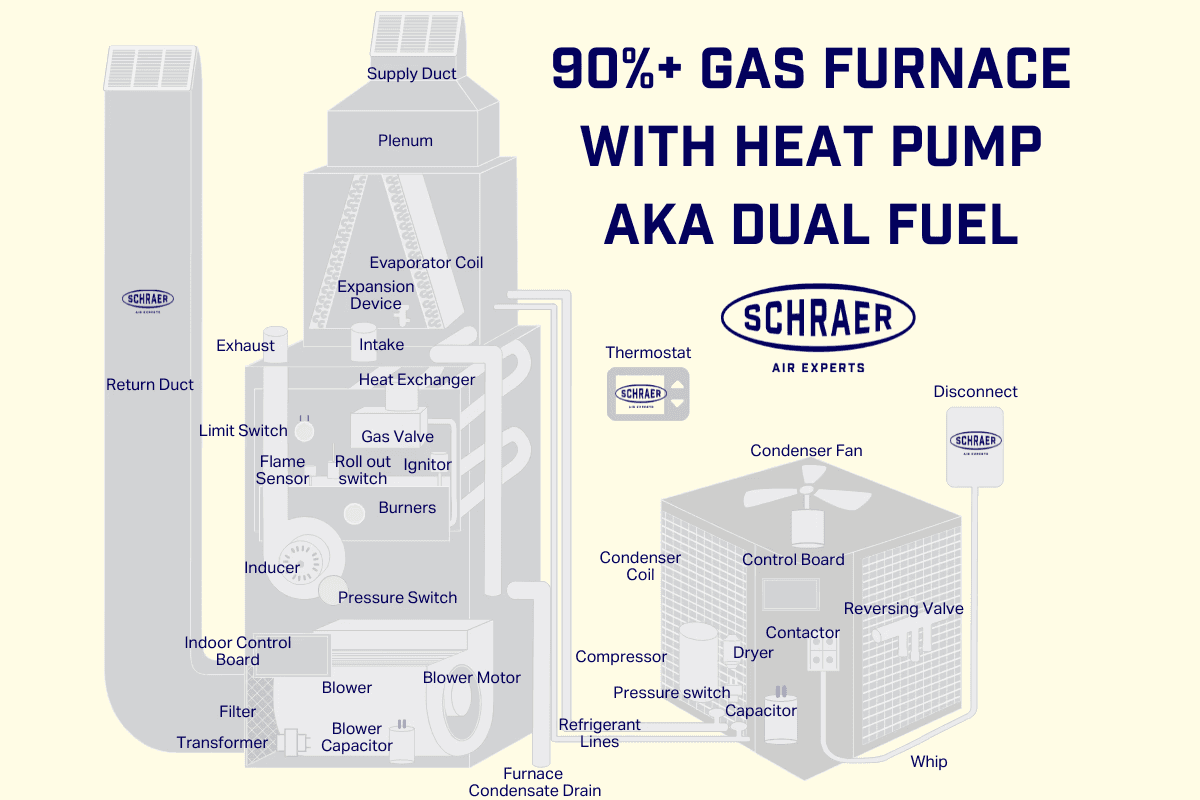
When HVAC system parts break down at home it can be stressful, especially without repair knowledge.
In this blog post, I'll simplify how the components of HVAC systems work by explaining the parts of one of the most efficient types: a 90%+ gas furnace paired with a heat pump, AKA Dual Fuel.
The goal in this is not necessarily that you'll be able to fix the issues with HVAC components on your own (though more power to you if that ends up being the case) but more to just lessen the anxiety a little by shining a light on how these systems work and give you a little more confidence in being able to confidently talk to HVAC contractors and make a good decision on how to respond when your system isn't working as expected. You can also use this article as a handy way to identify HVAC system components on your own!
1. Supply Duct
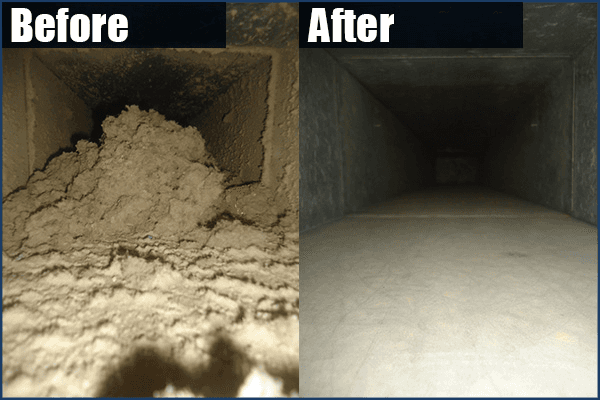
Image source
Description: Carries warm or cool air from your HVAC system into your home.
What Happens if It Fails: Damaged, dirty or leaking ducts will result in uneven temperatures, increased energy costs and poor air quality.
Routine Maintenance: Inspect for leaks, dirt, or damage and ensure ducts are sealed and insulated.
Relative Repair Cost: $$$
2. Plenum
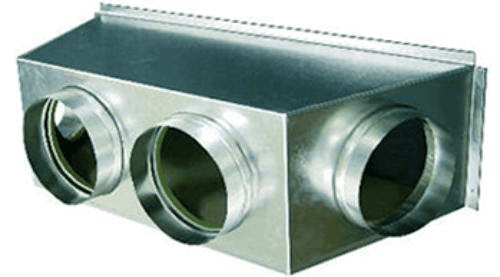
Image source
Description: An air distribution box that connects the furnace or air handler to the ductwork.
What Happens if It Fails: A cracked or leaking plenum reduces airflow, causing inefficiency.
Routine Maintenance: Regularly check for air leaks and ensure proper insulation.
Relative Repair Cost: $$
3. Evaporator Coil
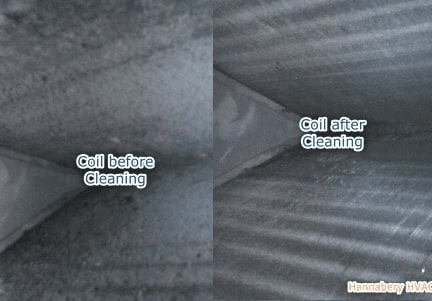
Image source
Description: Absorbs heat from indoor air during the cooling process.
What Happens if It Fails: Reduced cooling capacity and possible refrigerant leaks.
Routine Maintenance: Clean the coil annually to prevent buildup of dirt and debris that can affect performance.
Relative Repair Cost: $$$$
4. Expansion Device
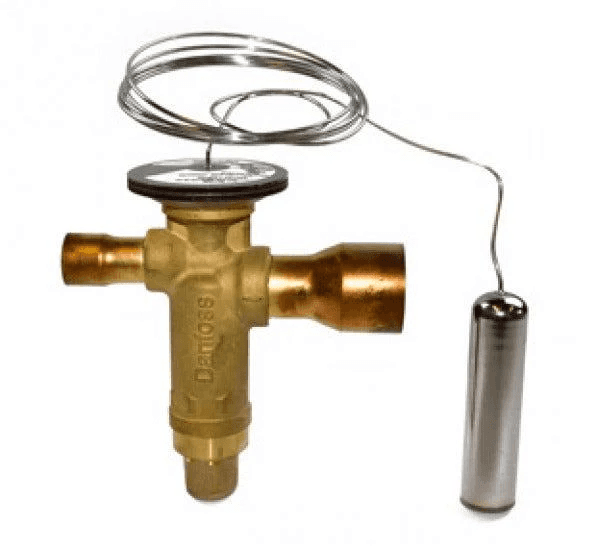
Image source
Description: Regulates refrigerant flow to ensure effective cooling.
What Happens if It Fails: Reduced cooling and potential freezing of the evaporator coil.
Routine Maintenance: Have a professional check the refrigerant levels annually to avoid damage to this device.
Relative Repair Cost: $$
5. Condensate Drain
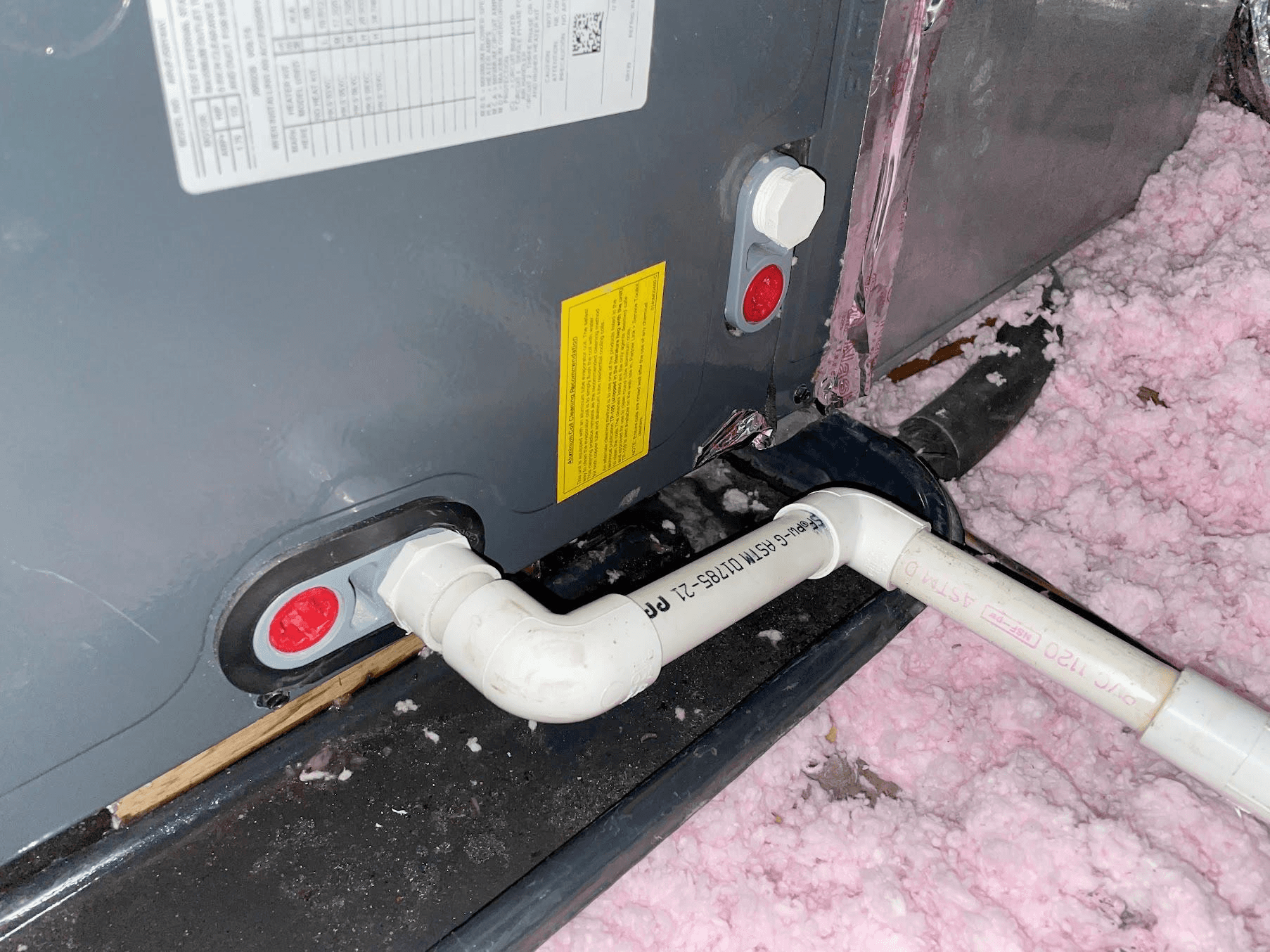
Description: Removes moisture generated during the cooling process.
What Happens if It Fails: Clogged drain can lead to water damage and mold.
Routine Maintenance: Clean the condensate drain line at least once a year to prevent blockages.
Relative Repair Cost: $
6. Return Duct
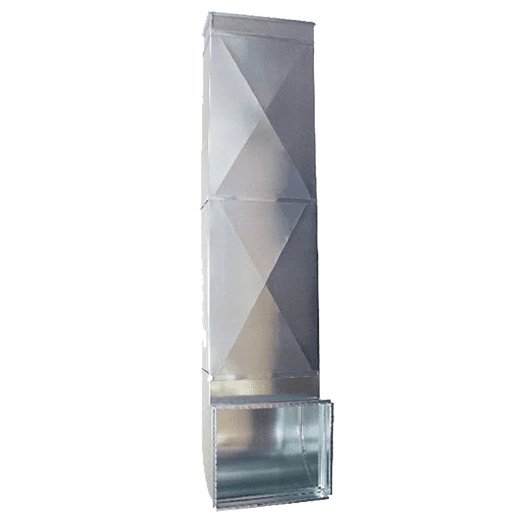
Description: Draws air from your home back into the HVAC system.
What Happens if It Fails: Reduced airflow and inconsistent temperatures.
Routine Maintenance: Inspect for any blockages or damage and ensure proper sealing.
Relative Repair Cost: $$$
7. Inducer
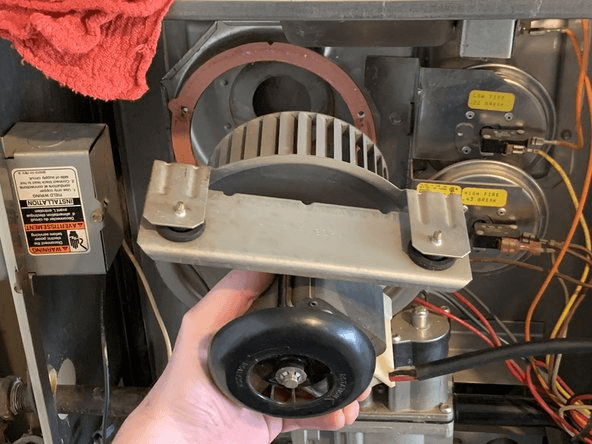
Image source
Description: Ensures proper airflow for safe combustion in the furnace.
What Happens if It Fails: The furnace may not ignite, or it may operate unsafely.
Routine Maintenance: Check for debris buildup and ensure the motor is functioning properly.
Relative Repair Cost: $$$$
8. Pressure Switch
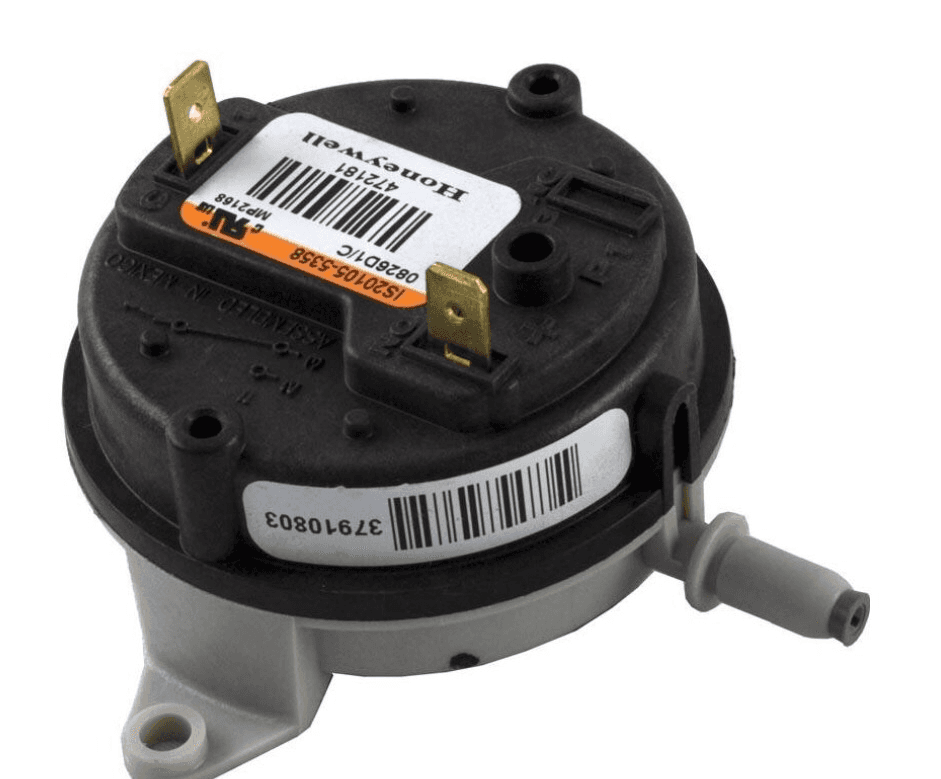
Description: A safety device that ensures proper venting of gases.
What Happens if It Fails: The furnace won’t operate to avoid unsafe conditions.
Routine Maintenance: Regularly inspect for blockages in the venting system that could affect the switch.
Relative Repair Cost: $
9. Intake
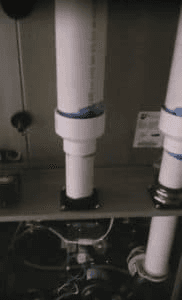
Image source
Description: Brings fresh air into the system to mix with fuel for combustion, ensuring efficient operation.
What Happens if It Fails: A restricted or blocked intake reduces air supply, leading to incomplete combustion and poor heating efficiency.
Routine Maintenance: Ensure the intake area is clear of debris and inspect for any obstructions.
Relative Repair Cost: $
10. Exhaust
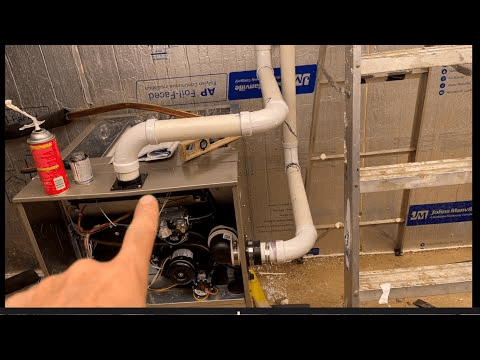
Image source
Description: Directs combustion gases safely outside the home, preventing harmful fumes from accumulating indoors.
What Happens if It Fails: A blocked or damaged exhaust can cause dangerous gases, like carbon monoxide, to leak indoors.
Routine Maintenance: Inspect regularly for blockages, rust, or leaks.
Relative Repair Cost: $$
11. Limit Switch
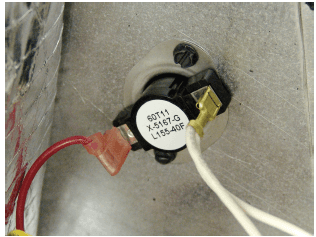
Description: Prevents the furnace from overheating by shutting it down if temperatures rise too high.
What Happens if It Fails: Overheating or unexpected furnace shutdowns.
Routine Maintenance: Ensure the air filter is clean to avoid airflow restrictions that can cause overheating.
Relative Repair Cost: $$
12. Flame Sensor
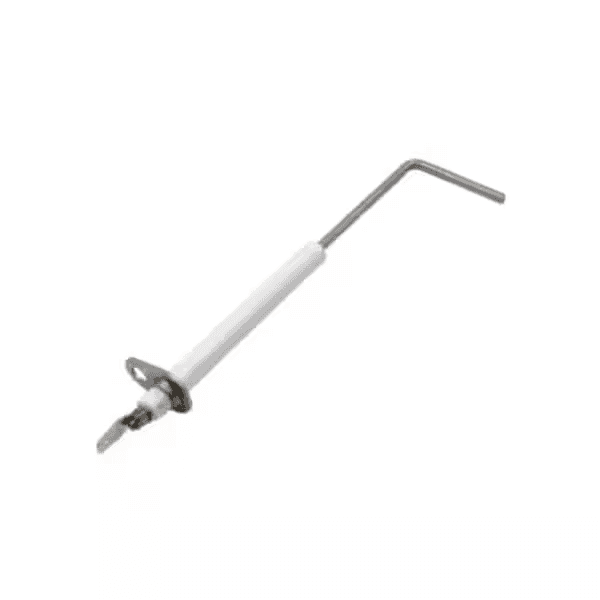
Description: Detects the burner flame and stops the gas flow if no flame is detected.
What Happens if It Fails: The furnace will shut down as a safety precaution.
Routine Maintenance: Clean the flame sensor regularly to ensure accurate detection of the flame.
Relative Repair Cost: $
13. Roll-out Switch
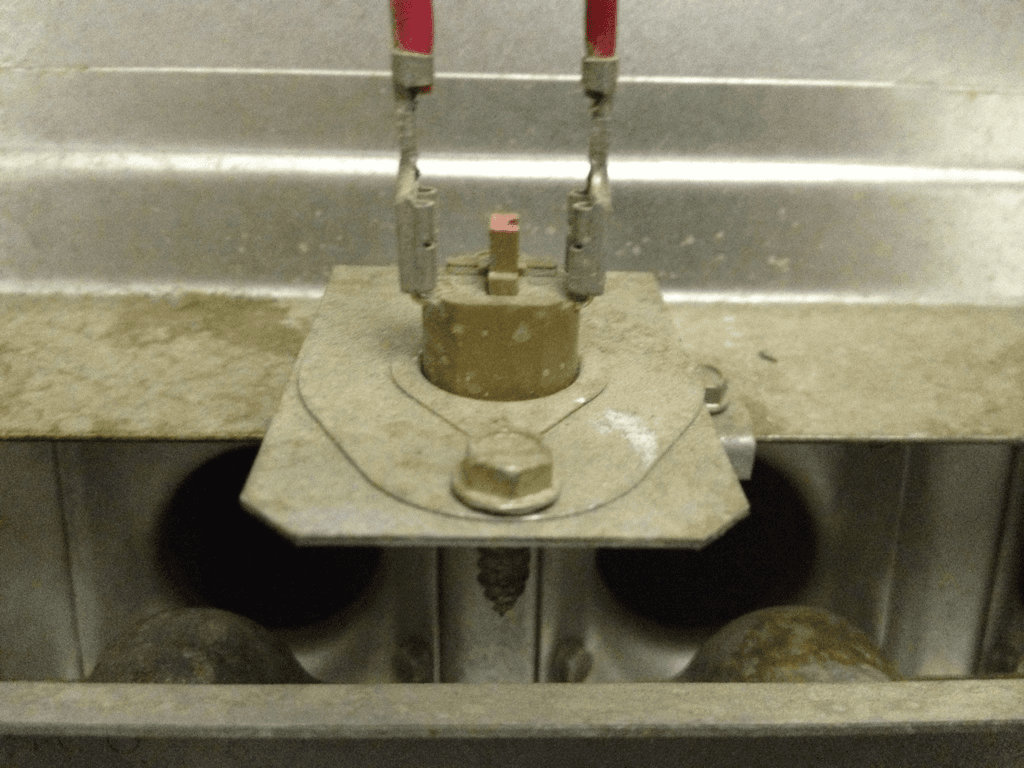
Image source
Description: Shuts off the furnace if flames roll out of the burner area.
What Happens if It Fails: The furnace may not operate due to safety concerns.
Routine Maintenance: Inspect the furnace for debris or obstruction that could cause flame roll-out.
Relative Repair Cost: $$
14. Heat Exchanger
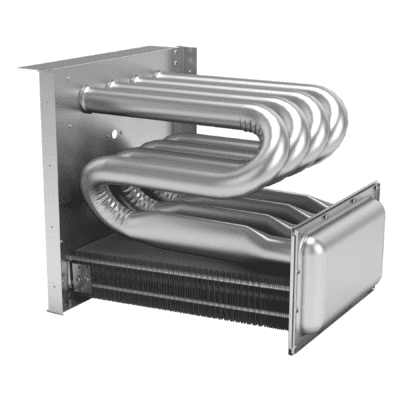
Image source
Description: The heat exchanger transfers heat generated from gas combustion to the air that flows into your home.
What Happens if It Fails: What Happens if It Fails: Cracks can release carbon monoxide, posing serious safety risks.
Routine Maintenance: Annual inspection for cracks.
Relative Repair Cost: $$$$ – $$$$$ (usually involves replacing the furnace).
15. Gas Valve
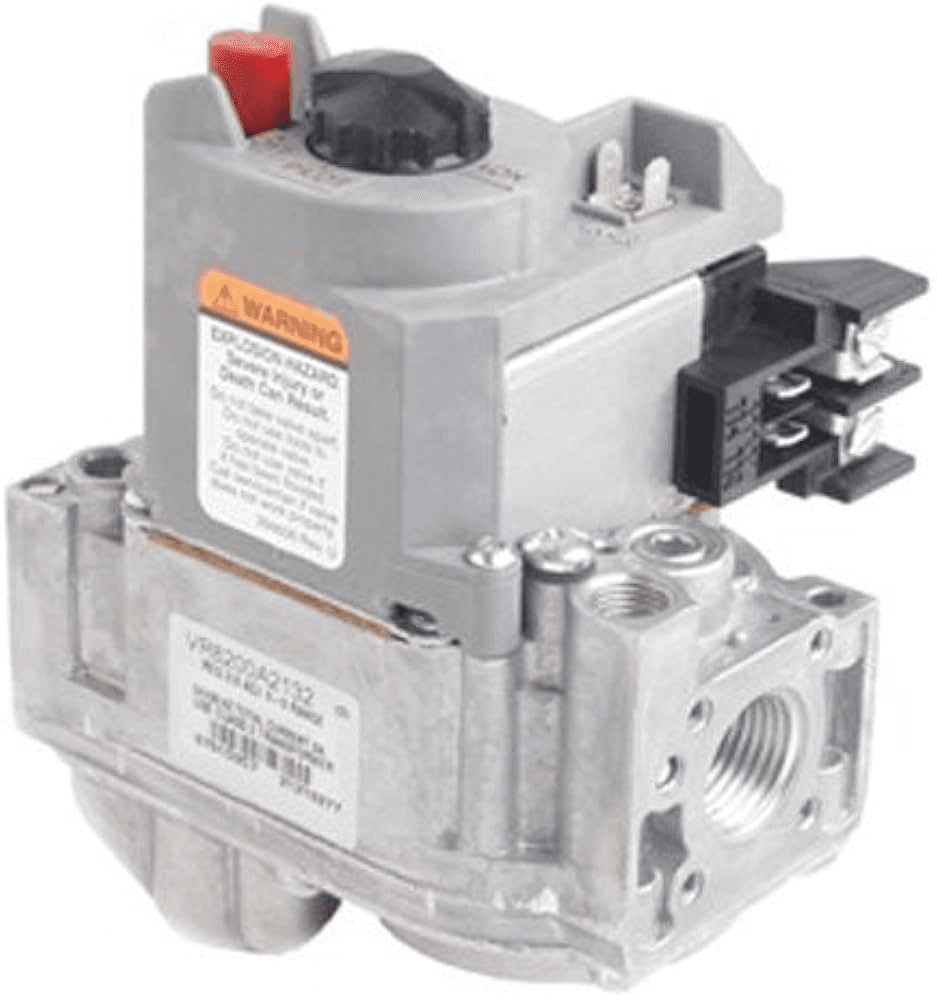
Description: Regulates gas flow to the furnace burners.
What Happens if It Fails: Furnace won’t light, or there could be dangerous gas leaks.
Routine Maintenance: Regularly check for gas leaks and have a professional inspect the valve during routine maintenance.
Relative Repair Cost: $$$
16. Ignitor
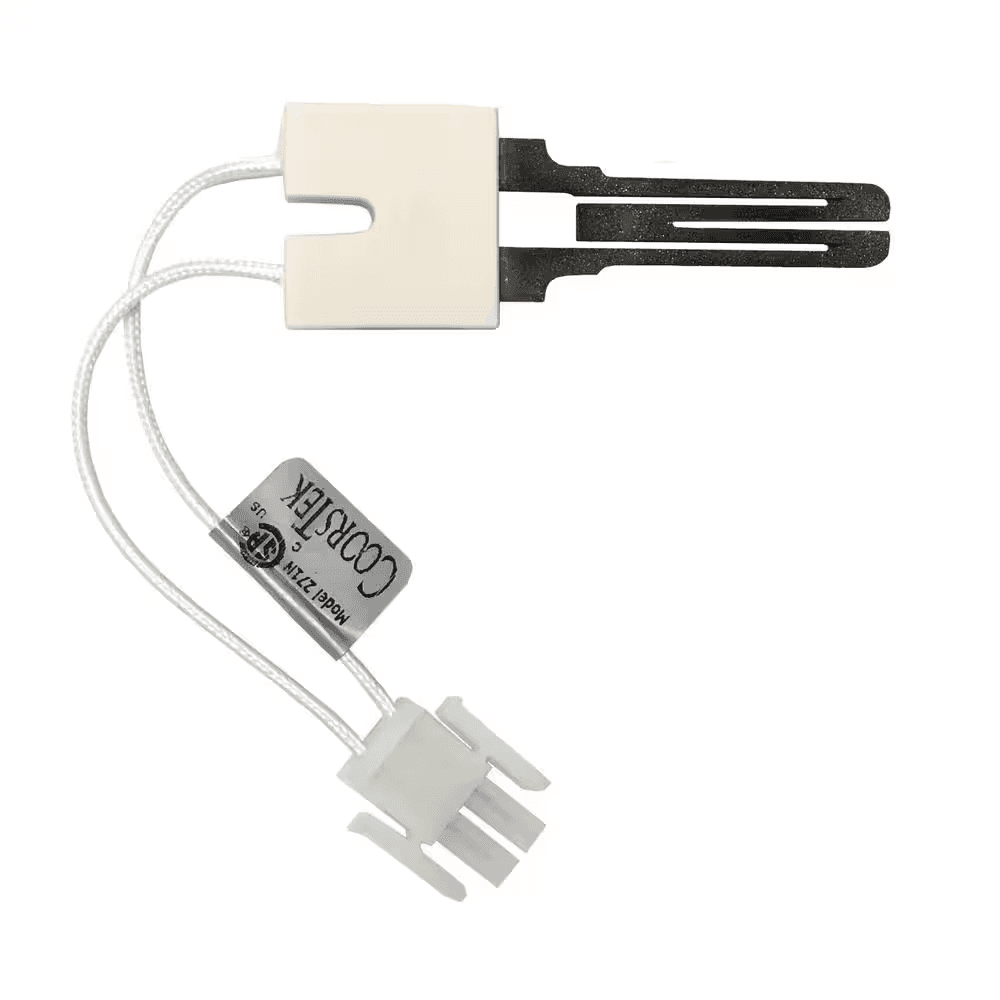
Description: Lights the burners to begin the heating process.
What Happens if It Fails: Furnace won’t ignite, and no heat will be produced.
Routine Maintenance: Inspect for damage or wear and replace as needed, especially before the heating season.
Relative Repair Cost: $$
17. Burners
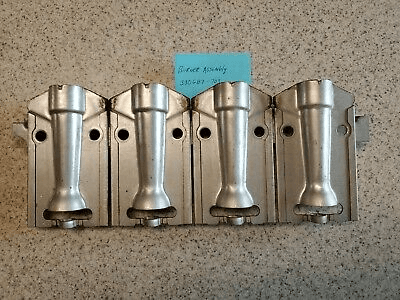
Image source
Description: Ignite gas to produce heat for the furnace.
What Happens if It Fails: Inconsistent heating or failure to heat at all.
Routine Maintenance: Clean the burners regularly to prevent clogging from dirt and debris.
Relative Repair Cost: $$$
18. Indoor Control Board
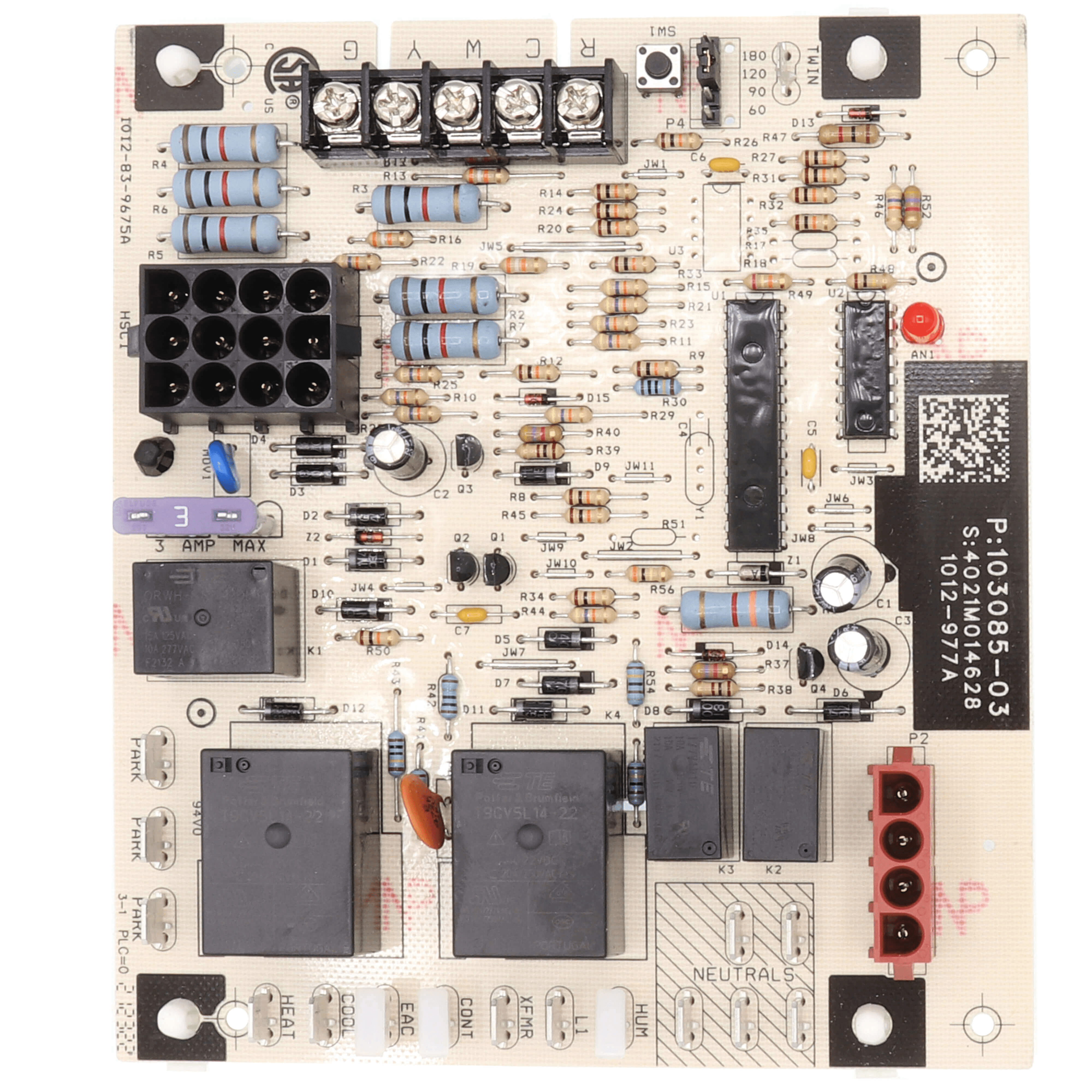
Image source
Description: Manages the operation of the HVAC system, ensuring components work in harmony.
What Happens if It Fails: The furnace or AC may not respond to thermostat settings or may malfunction.
Routine Maintenance: Have a professional inspect the control board during annual maintenance to ensure proper operation.
Relative Repair Cost: $$$$
19. Blower
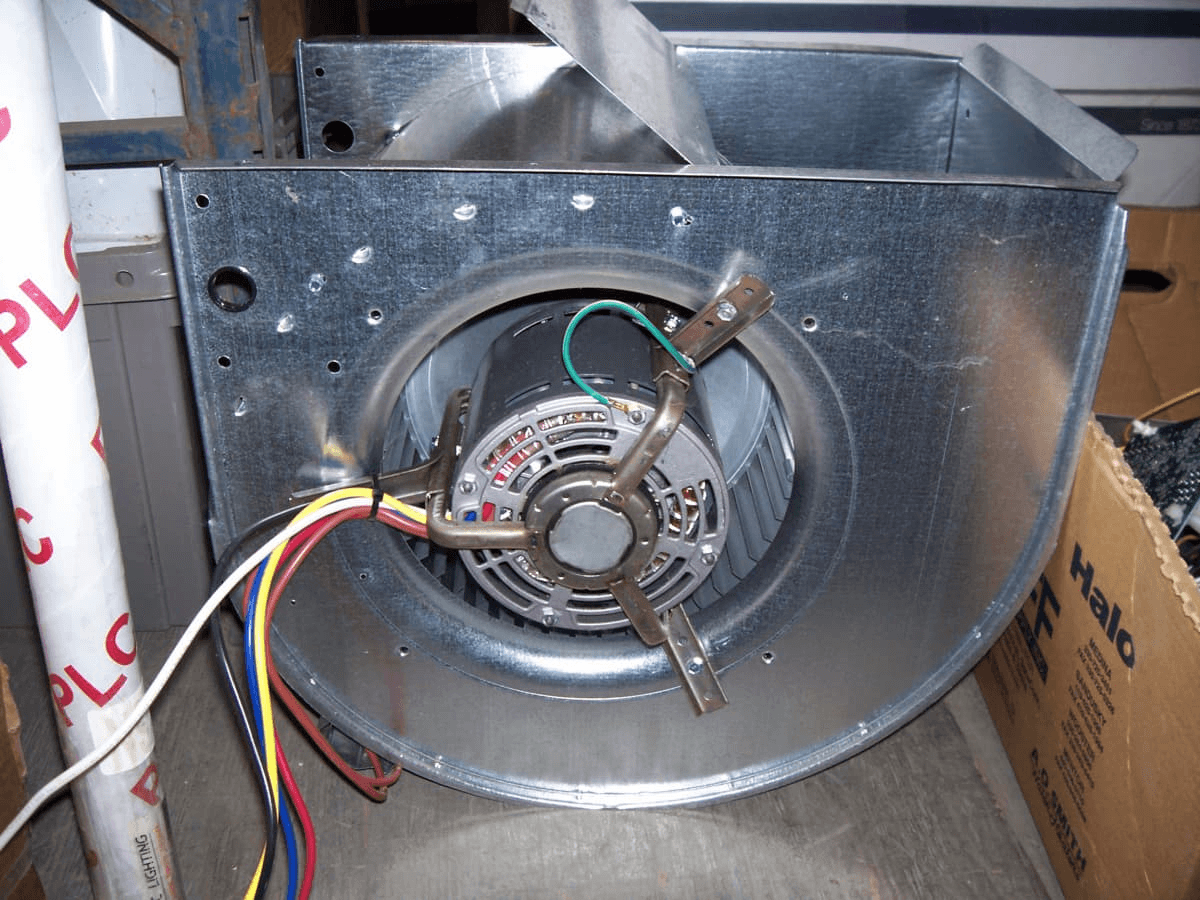
Image source
Description: Distributes heated or cooled air through the ducts into your home.
What Happens if It Fails: No airflow, meaning no heating or cooling.
Routine Maintenance: Lubricate blower components and clean out dust or debris that could obstruct airflow.
Relative Repair Cost: $$$$
20. Blower Motor
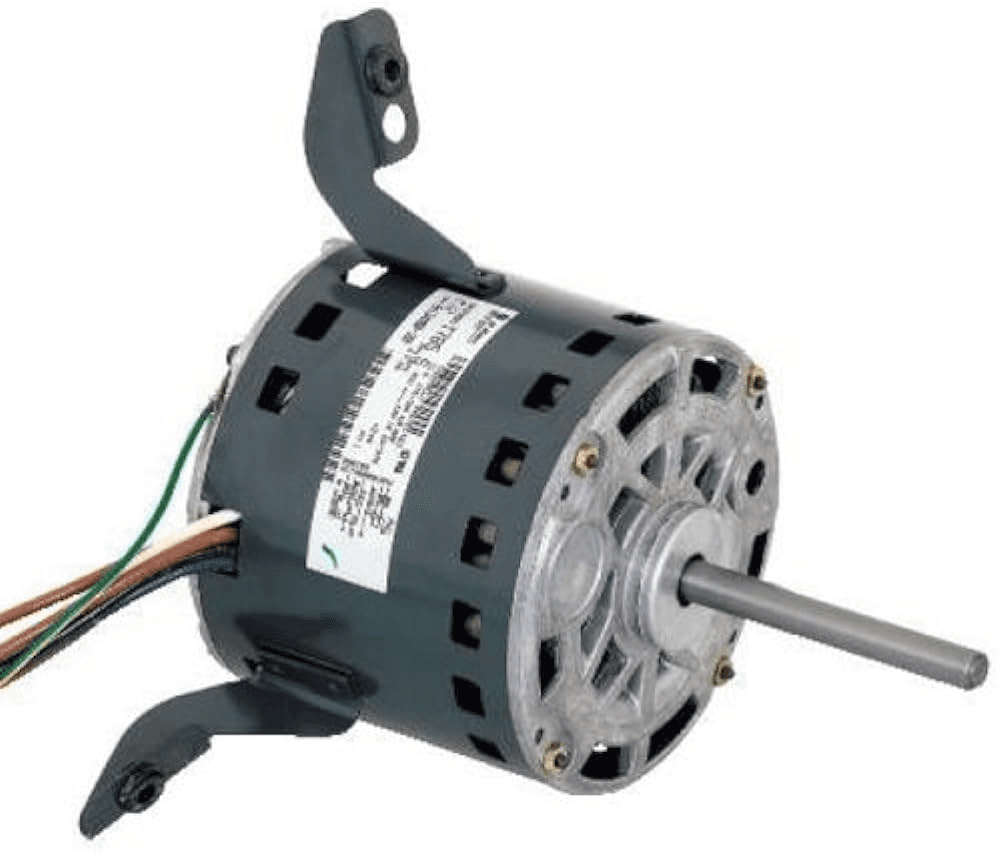
Description: Powers the blower to move air through the system.
What Happens if It Fails: The blower won’t function, preventing air circulation.
Routine Maintenance: Regularly check for signs of wear and have the motor lubricated as needed.
Relative Repair Cost: $$$
21. Blower Capacitor
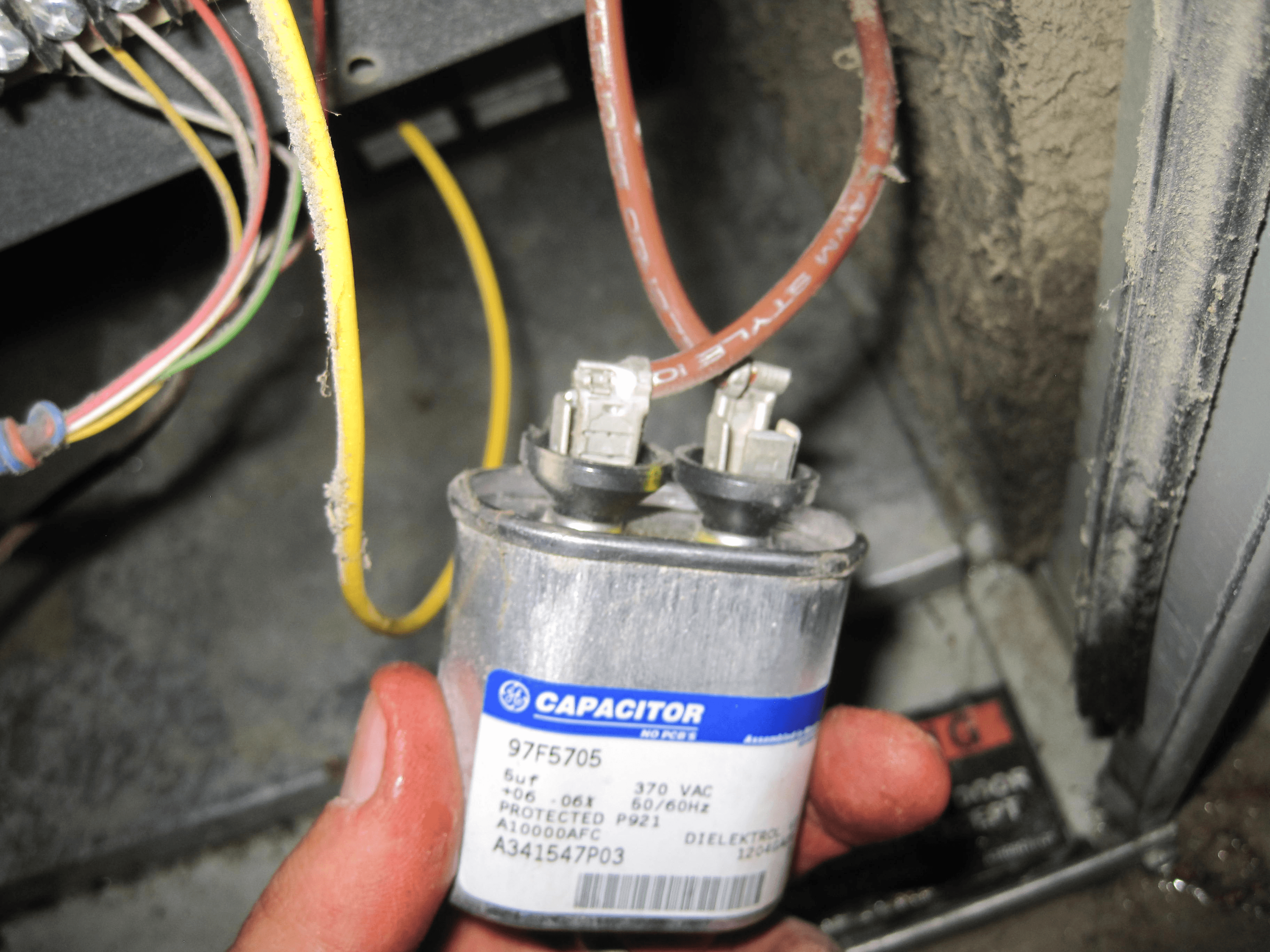
Description: Helps the blower motor start and run efficiently.
What Happens if It Fails: The blower motor won’t start, leading to no air circulation.
Routine Maintenance: Check the capacitor during routine inspections to ensure it’s functioning properly.
Relative Repair Cost: $
22. Filter
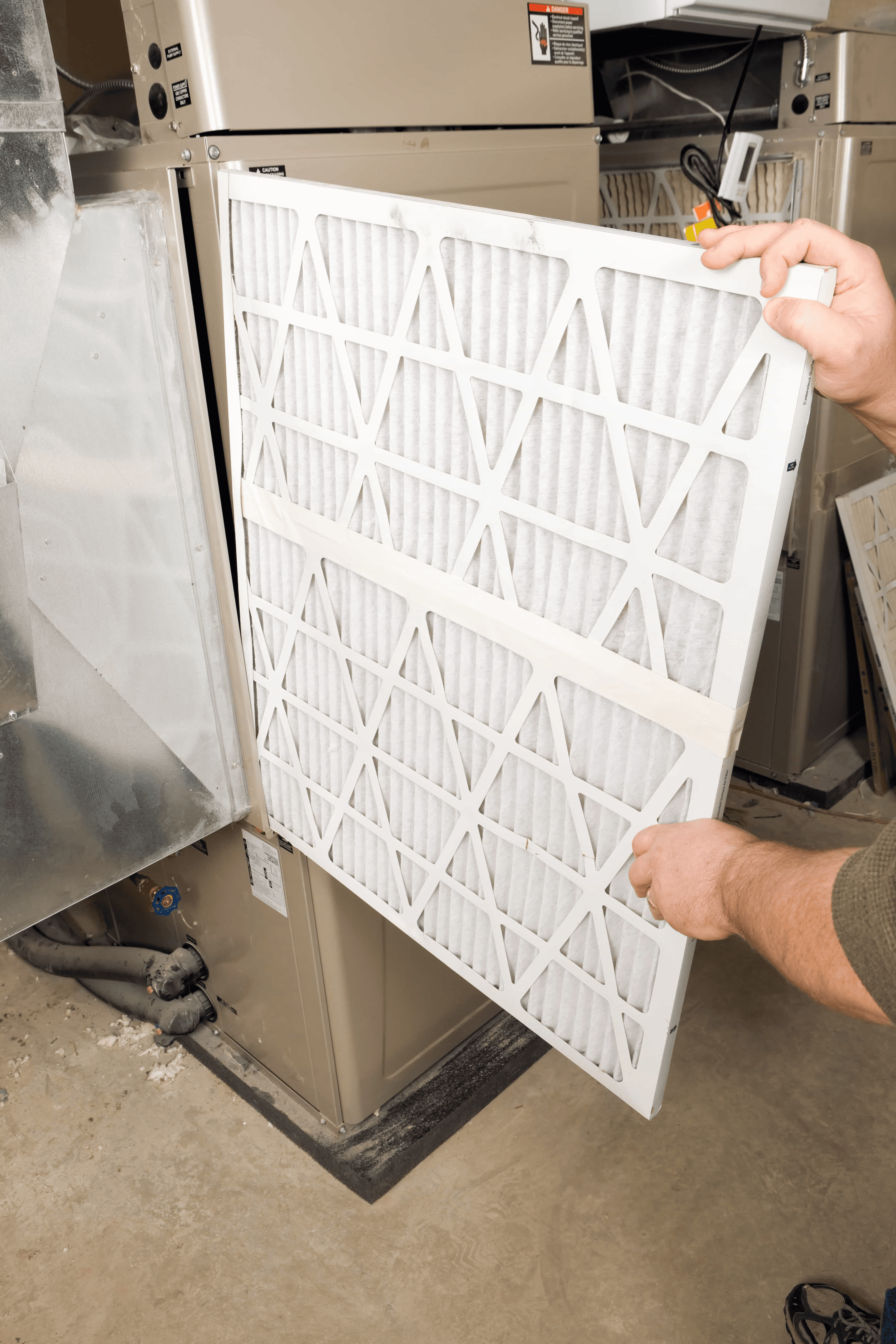
Description: Removes dust and debris from the air before it circulates through your home.
What Happens if It Fails: Reduced airflow, poor indoor air quality, and potential system strain.
Routine Maintenance: Replace the filter every 1-3 months, depending on usage and filter type.
Relative Repair Cost: $
23. Transformer
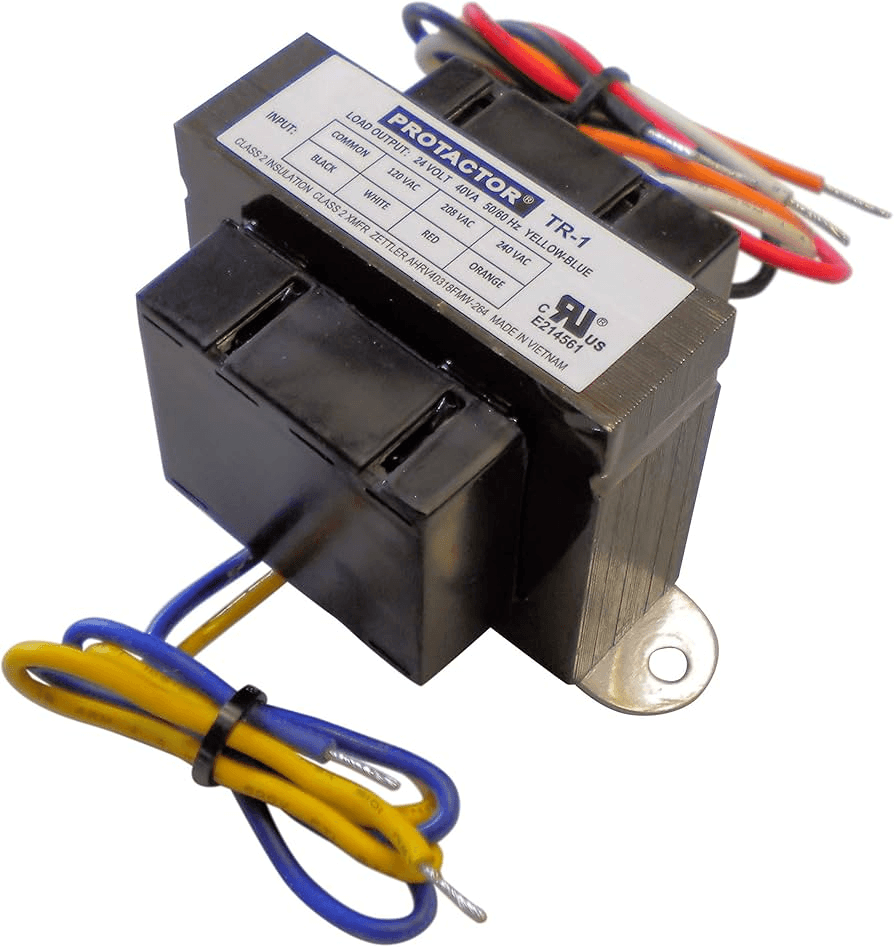
Image source
Description: Steps down high voltage for furnace and air conditioning components.
What Happens if It Fails: The HVAC system won’t operate due to insufficient voltage.
Routine Maintenance: Have a professional inspect the transformer during annual maintenance.
Relative Repair Cost: $$
24. Condenser Fan
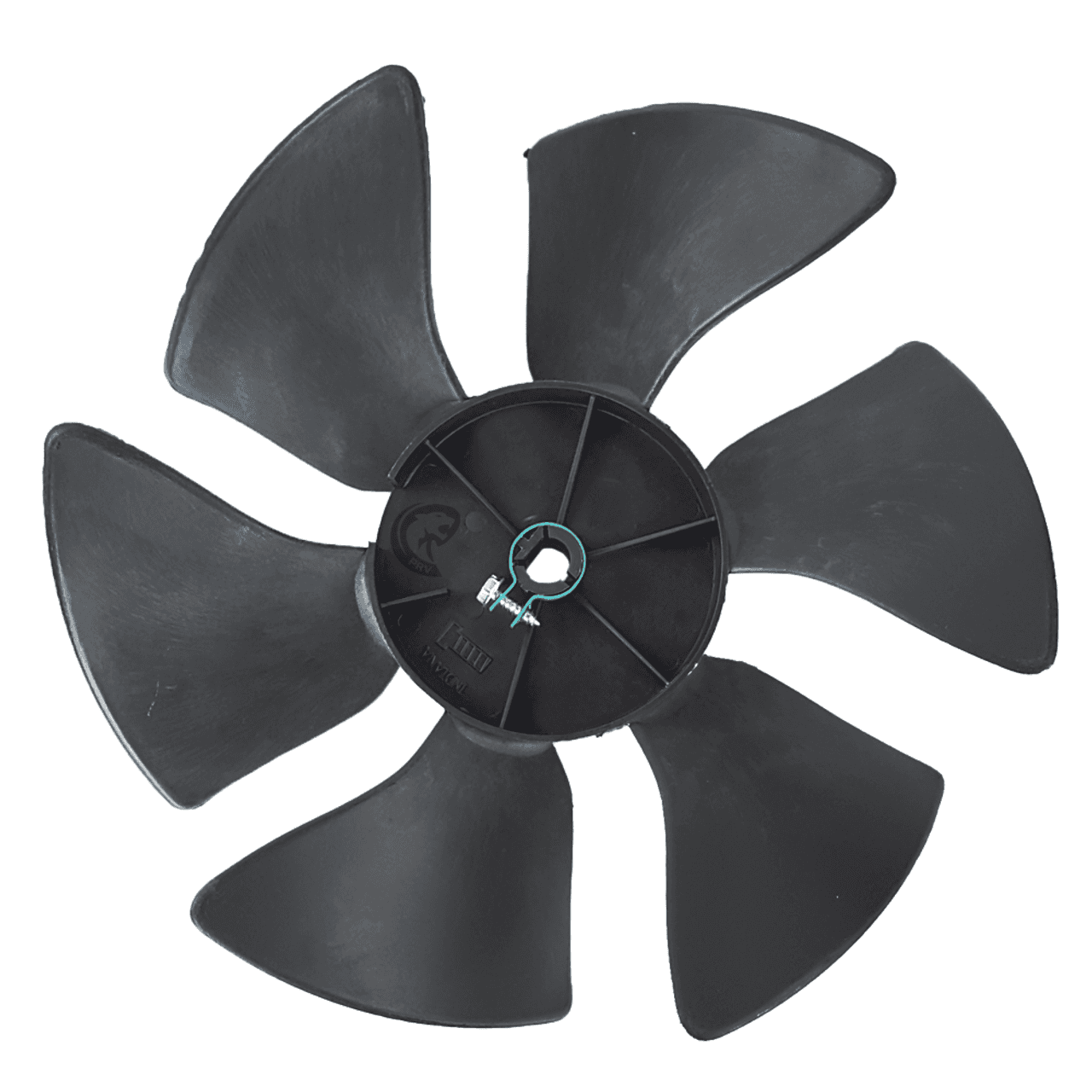
Image source
Description: Cools the refrigerant in the outdoor condenser unit.
What Happens if It Fails: The AC won’t cool effectively as refrigerant won’t be cooled properly.
Routine Maintenance: Clean the condenser fan blades regularly and remove any debris around the outdoor unit.
Relative Repair Cost: $$$
25. Condenser Coil
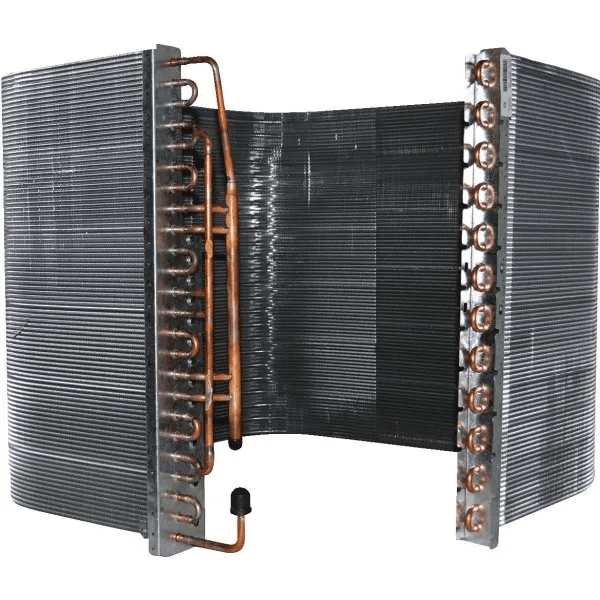
Image source
Description: Releases heat from the refrigerant, allowing the cooling process to continue.
What Happens if It Fails: Reduced cooling efficiency and potential system shutdown.
Routine Maintenance: Clean the condenser coil annually to remove dirt and debris that can impede heat exchange.
Relative Repair Cost: $$$$
26. Control Board (AC)
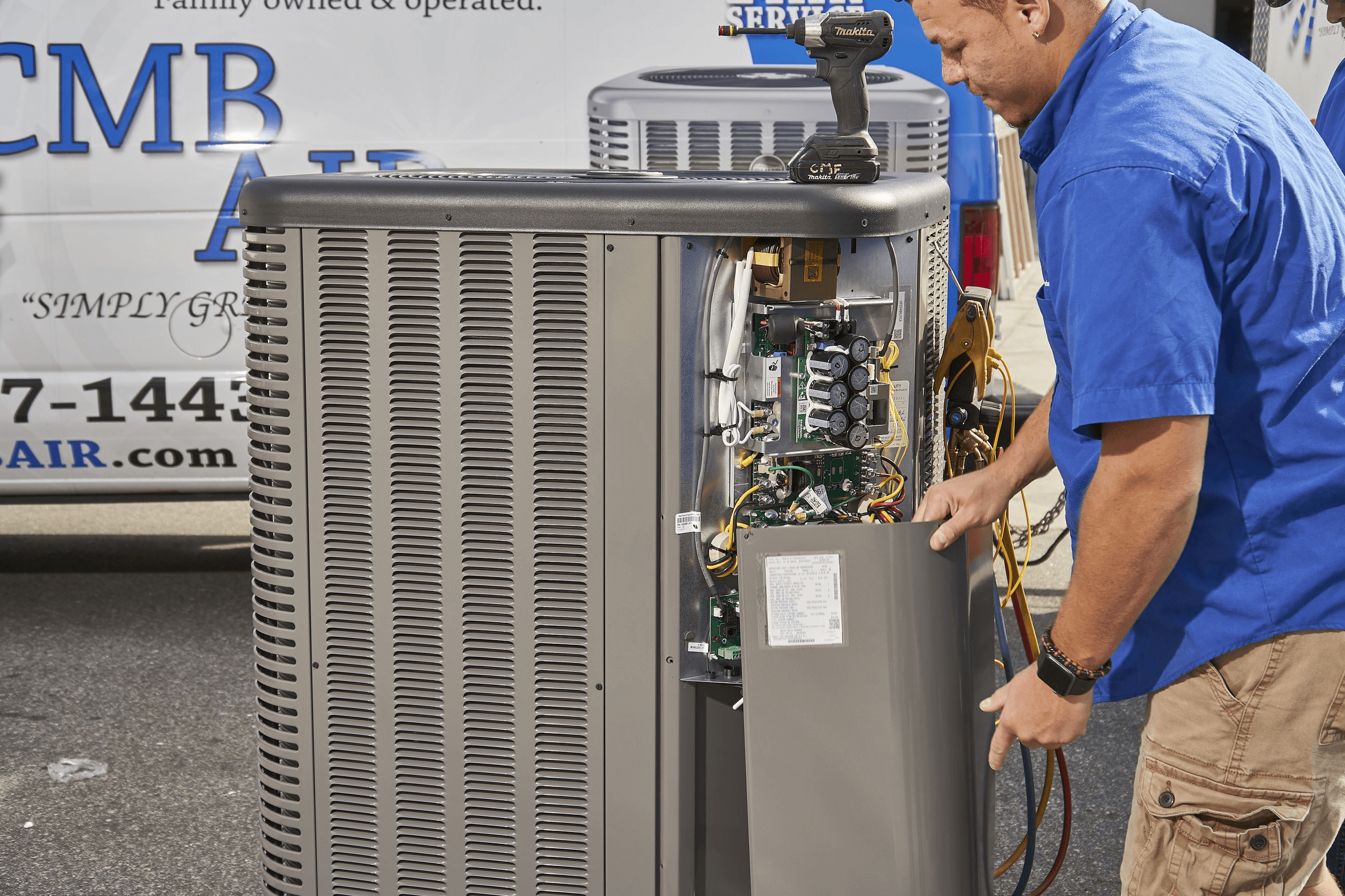
Image source
Description: Manages the air conditioning system’s components.
What Happens if It Fails: The AC unit won’t respond to thermostat commands.
Routine Maintenance: Ensure the control board is functioning properly during annual AC maintenance.
Relative Repair Cost: $$$$
27. Compressor
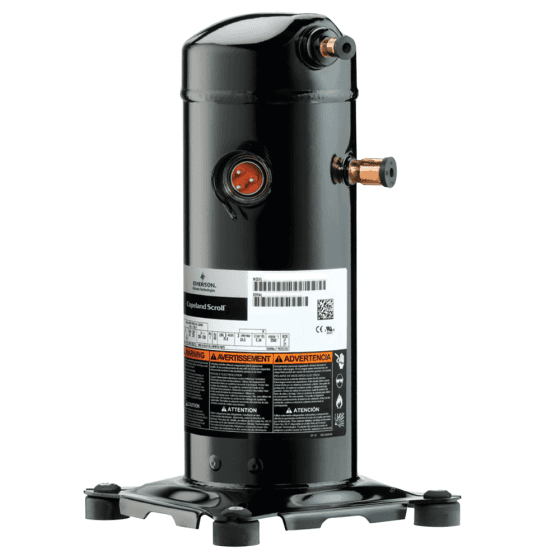
Image source
Description: Circulates refrigerant between the evaporator and condenser coils.
What Happens if It Fails: The AC won’t cool the air, and the entire system may need to be replaced.
Routine Maintenance: Check refrigerant levels and clean debris from around the outdoor unit to prevent overloading the compressor.
Relative Repair Cost: $$$$$
28. Pressure Switch (AC)
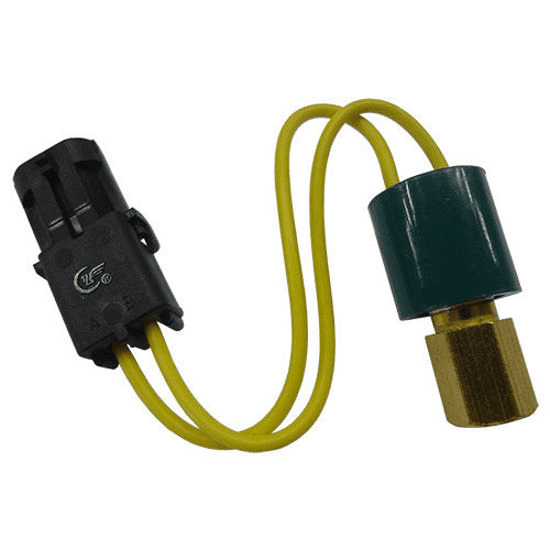
Description: Ensures safe refrigerant pressure levels during AC operation.
What Happens if It Fails: The system may shut down to prevent damage from incorrect refrigerant levels.
Routine Maintenance: Check refrigerant levels during maintenance to ensure the pressure switch works properly.
Relative Repair Cost: $
29. Capacitor (AC)
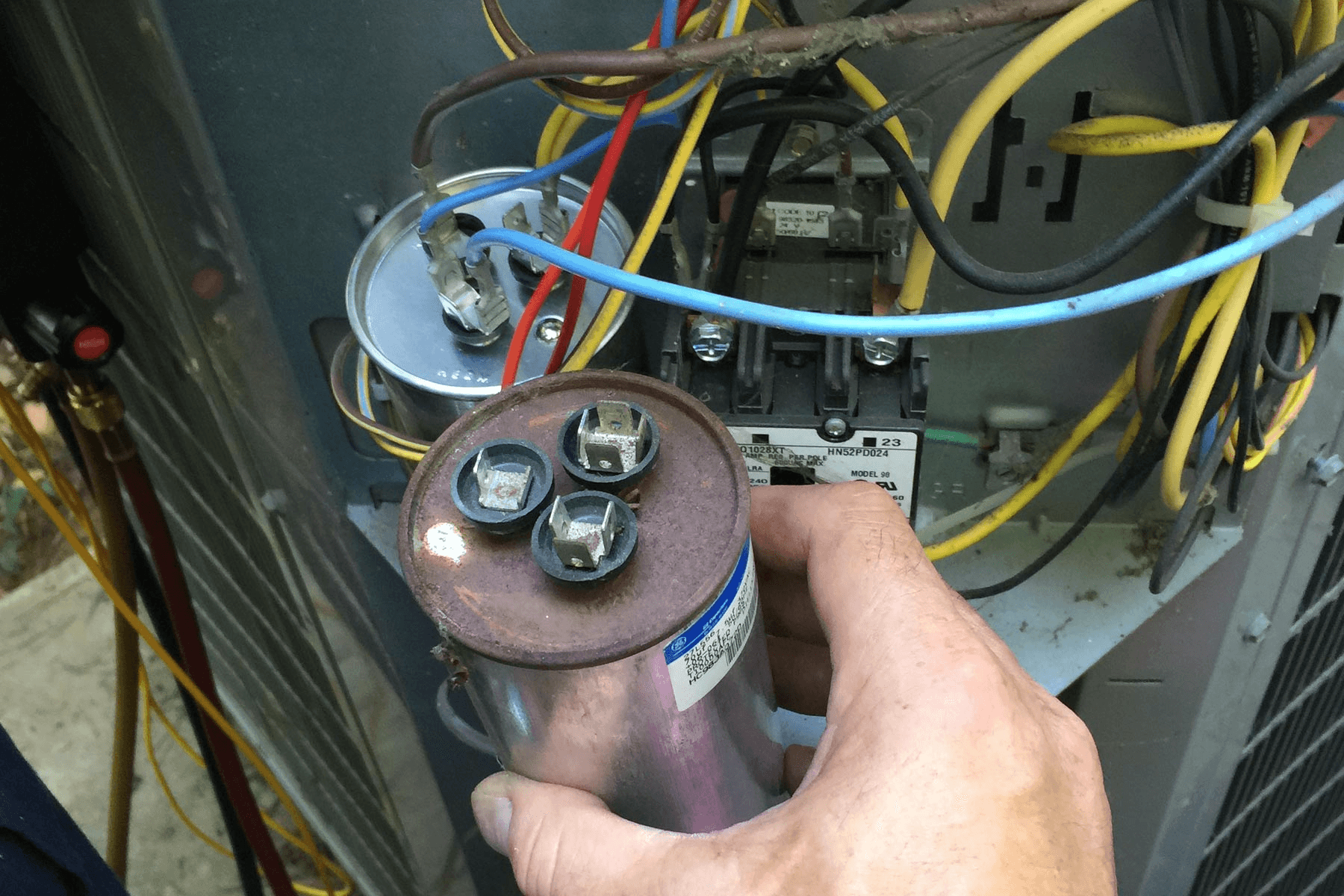
Image source
Description: Helps start the compressor and condenser fan motors.
What Happens if It Fails: The AC unit won’t start or run efficiently.
Routine Maintenance: Test the capacitor during annual AC maintenance to ensure it’s functioning.
Relative Repair Cost: $
30. Dryer
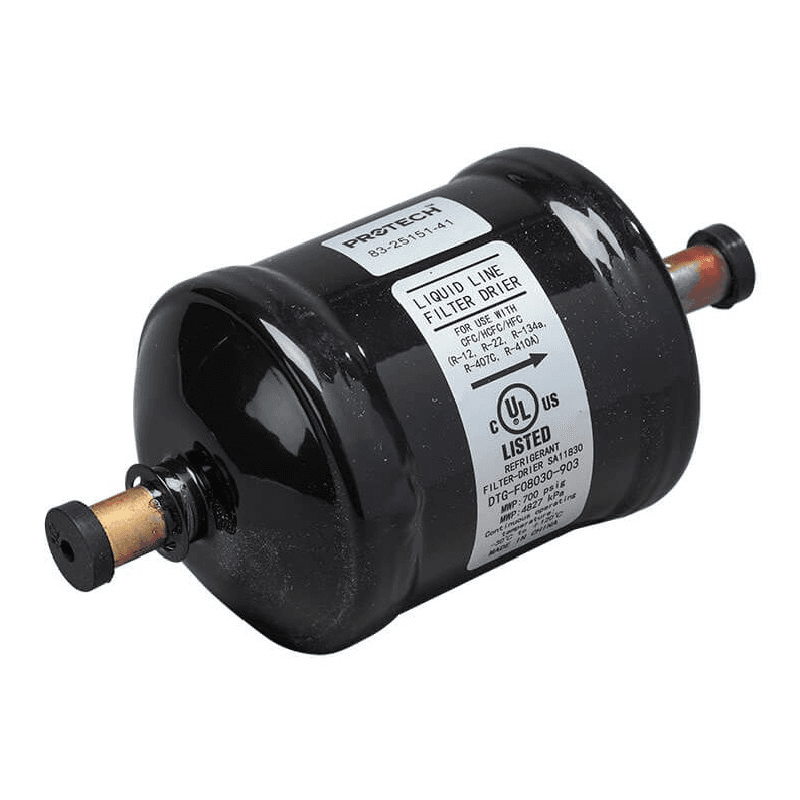
Description: Removes moisture from the refrigerant, protecting the system.
What Happens if It Fails: Moisture in the refrigerant can cause corrosion or freezing.
Routine Maintenance: Replace the dryer if refrigerant levels need to be adjusted or serviced.
Relative Repair Cost: $$
31. Contactor
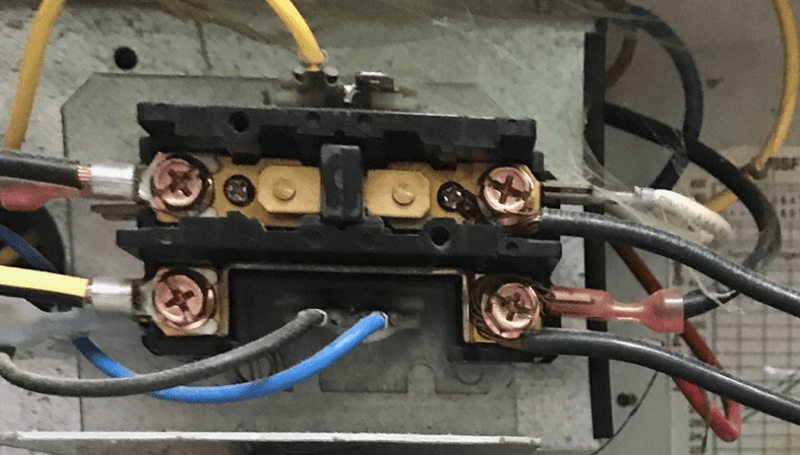
Image source
Description: Description: Controls electricity flow to the compressor and condenser fan, engaging outdoor components when the thermostat calls for heating or cooling.
What Happens if It Fails: The outdoor unit won’t run, stopping heating or cooling. A stuck contactor can cause the system to run continuously, wasting energy and damaging components.
Routine Maintenance: Inspect for corrosion, keep the outdoor unit clean, and listen for buzzing or clicking sounds.
Relative Repair Cost: $$
32. Reversing Valve

Image source
Description: The reversing valve switches the refrigerant flow to change between heating and cooling.
What happens if it fails: The heat pump may be stuck in either heating or cooling mode.
Routine Maintenance: Test for proper function during bi-annual inspections.
Relative Repair Cost: $$$ (replacing the valve requires professional service).
33. Whip

Description: Flexible conduit that supplies electrical power to the outdoor condenser unit.
What Happens if It Fails: The AC unit won’t receive power, preventing it from operating.
Routine Maintenance: Ensure the whip is in good condition and free from cracks or damage during routine checks.
Relative Repair Cost: $
34. Disconnect
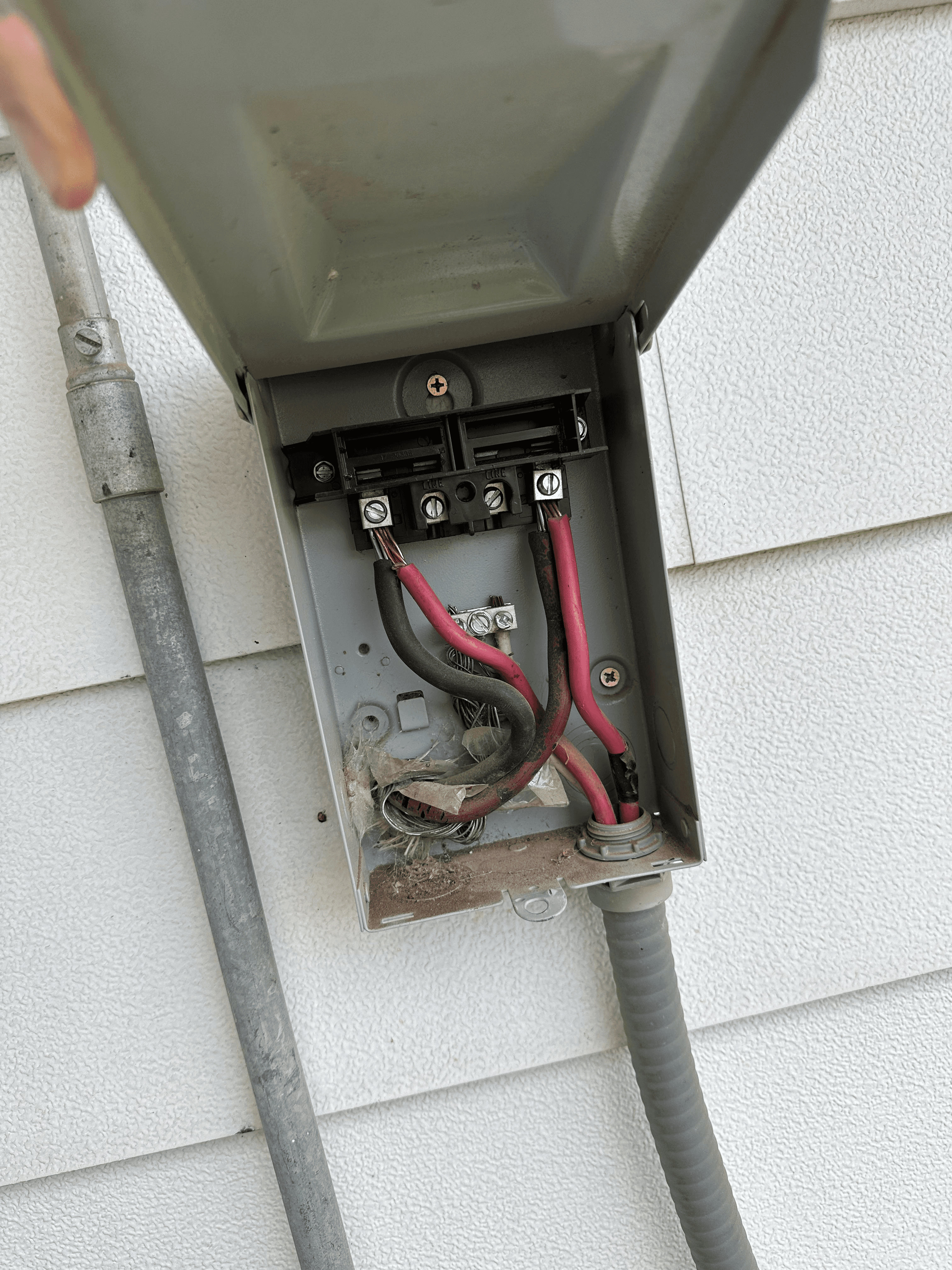
Image source
Description: Allows power to be manually shut off to the outdoor AC unit.
What Happens if It Fails: The AC may not operate safely if power cannot be properly disconnected for servicing.
Routine Maintenance: Check the disconnect during routine AC inspections to ensure proper operation.
Relative Repair Cost: $$
35. Thermostat
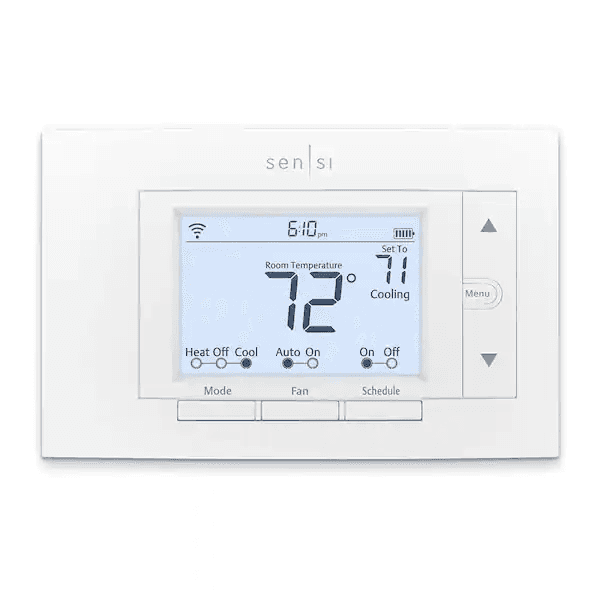
Description: Controls the temperature in your home by communicating with the HVAC system.
What Happens if It Fails: The HVAC system won’t respond to temperature adjustments, leading to discomfort.
Routine Maintenance: Test the thermostat for accuracy and recalibrate if necessary during annual system checks.
Relative Repair Cost: $$
36. Refrigerant Lines
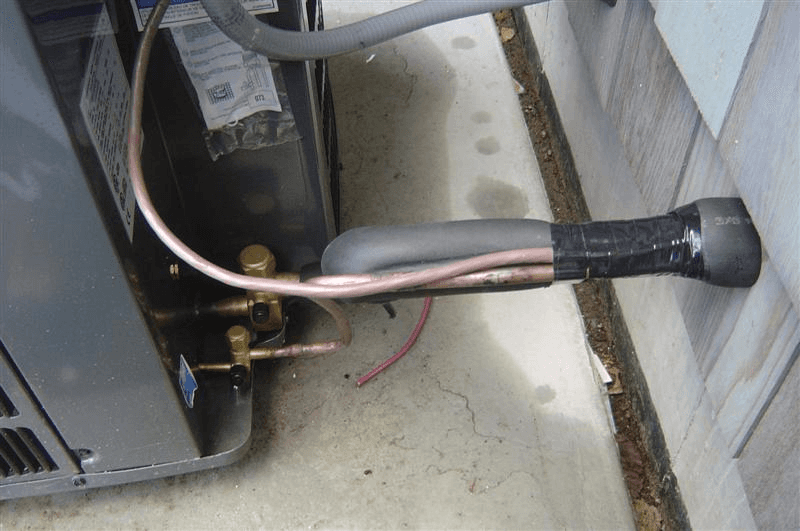
Image source
Description: Carry refrigerant between the evaporator and condenser coils.
What Happens if It Fails: Leaking refrigerant lines will reduce cooling efficiency and could lead to refrigerant loss.
Routine Maintenance: Inspect for leaks and ensure proper insulation of the lines.
Relative Repair Cost: $$$
Conclusion
By understanding HVAC unit components and performing routine maintenance, you can extend the life of your equipment and avoid costly repairs. From cleaning coils and filters to inspecting the control board and compressor, each component requires specific care to ensure it functions properly. Schraer Air Experts are here to help with all your HVAC maintenance needs, ensuring your system runs efficiently year-round.


